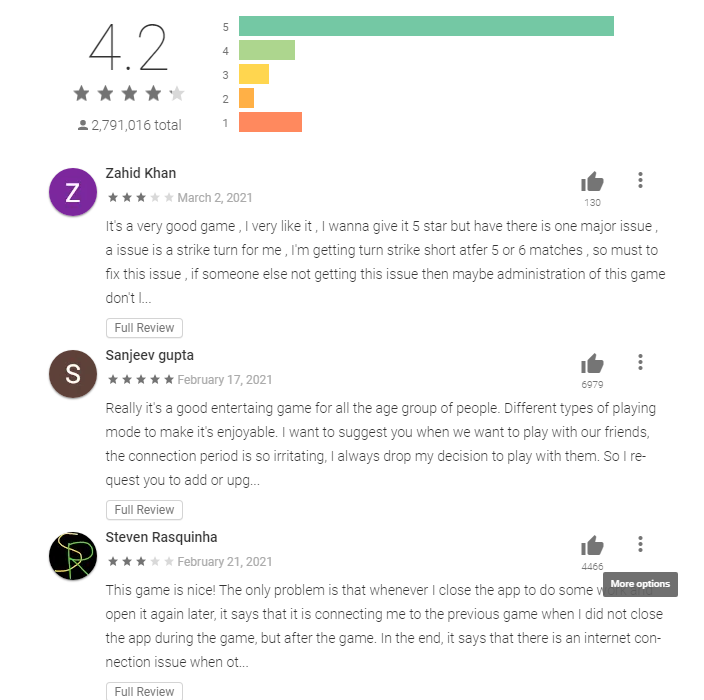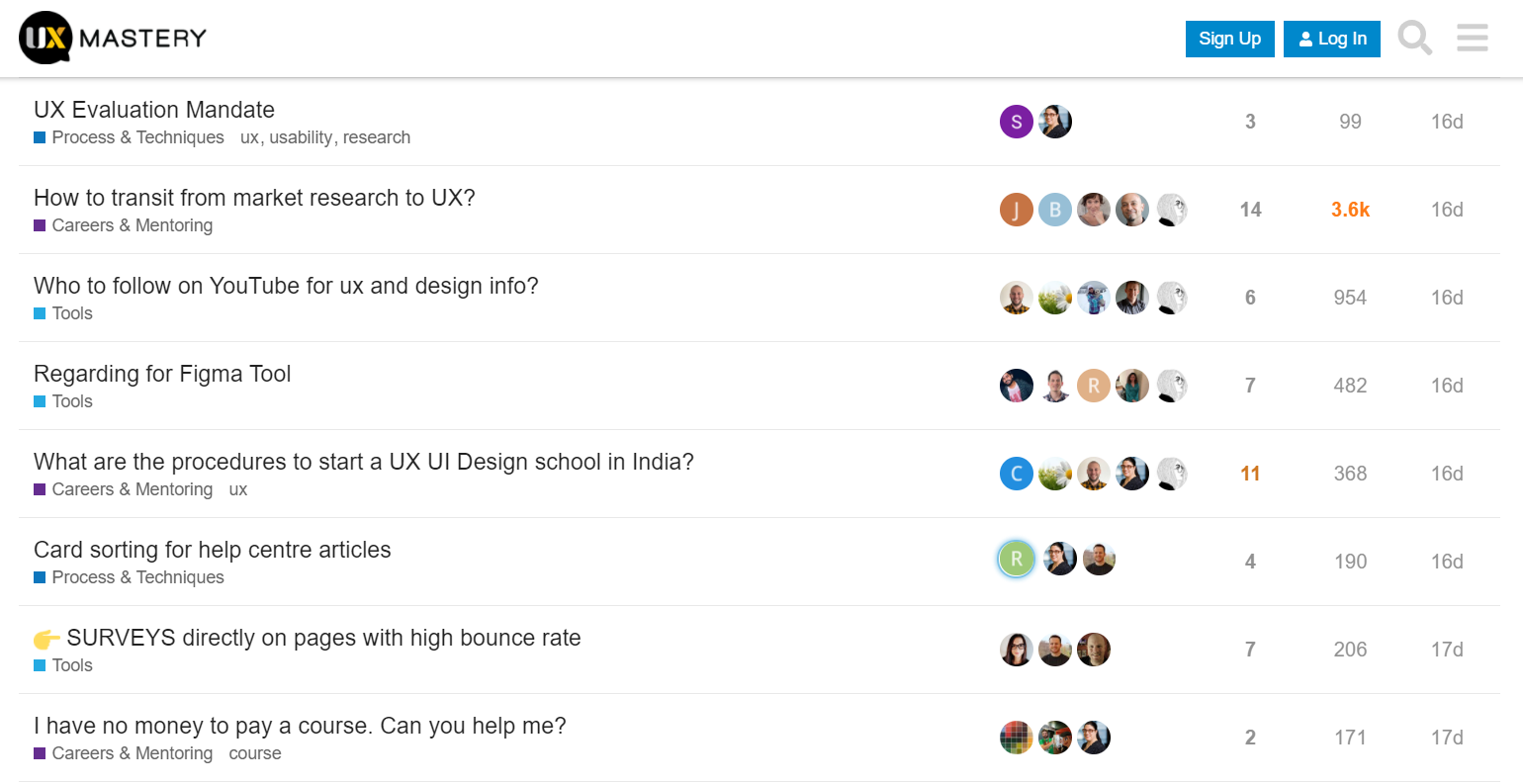Before we start discussing User Research Methods, here’s an interesting point I came across in an article a few days ago, “the core of UX, in a vacuum, is user research.” It sounds right and is accurate to a degree, but the UX design process does not work in a vacuum. User experience design works in firms with feasibility and practicality issues. And not everyone has the access and availability to conduct primary user research for all the projects. There are budget constraints with regards to users or user groups, geographical barriers, or time issues that need to be considered when understanding UX functionality in the real world as opposed to a vacuum.
UX research or design research it is also known as is a vital part of the design process. Its primary purpose is to help identify assumptions and further, approve or dismiss them. It also helps in establishing patterns and commonalities in user behavior, which helps us gain a better understanding of the users’ needs, goals, and mental models. To put it simply, UX research is vital to our understanding of the users and thereby designing a great product.
UX research can be conducted by employing a variety of investigative methods, both, qualitative and quantitative, to add context and insight to the user experience design process. The primary objective of UX research is to bring in the end user’s perspective to the design process. UX research is mainly split into two sections. The first section has the team gather data from the users via applicable methods, ranging from interviews, to focus groups, to observation exercises. The next step involves synthesizing that data in order to create a foundation for problem-solving.
UX research exercises usually begin with gaining in-depth information about the requirements of the project from the stakeholders and acquainting with the needs and goals of the end-users. Researchers conduct user interviews, surveys, or observe users, and study relevant data, or task analytics. More detailed usability tests such as A/B tests or user interviews or observational studies help in testing assumptions that will positively impact the designs.
However, just because primary UX research or interviews aren’t possible doesn’t mean you should forgo understanding user behavior completely. There are other ways in which you can create user personas without interacting with your users directly. These are mainly quantitative research methods – they are not fail-proof but they are way better than forgoing user research and assuming user personas.
Competitor Reviews
Listening to the customers of your competitors can be very insightful as their target audience matches yours. These reviews are brimming with the answers to your user interviews. You can glean what works, what doesn’t, and exactly what the users need through these reviews. It is a well-known strategy for user research that can sometimes get you valuable insights that users may not be able to convey indirect interviews either.
App Reviews
If you have a product with a mobile app component, the app store reviews can be a great resource for user research. The app reviews in terms of rating can be ambiguous. You can tell the general likeability of the app but cannot undertake user research through ratings. The reviews, on the other hand, are full of details. Don’t see that a user has given a 5-star rating, instead read the review to understand exactly what component of the app has appealed to the user.
Similarly, in case of a low rating, it is important to understand whether a feature is just unworkable or if the user needs a tweak to the existing feature. You can do this with a competitor app too in order to gather additional insights.

Facebook groups
Using Facebook groups is a fairly unorthodox type of research method but if done right, can get you a lot of user insights. This may not be applicable to everyone, but if you can find Facebook groups as focus groups specific to your product (and if the group rules allow), you can post a poll, or survey on the group to gather insights.
Customer service logs
Customer service, by default, gathers a hoard of data which includes customer grievances to a large extent. Most companies maintain logs of their customer service operations which are a rich source of information in terms of user insights.
If the company policy allows, you can access these logs to understand the patterns of user grievances. If not, you can interview some of the customer service executives and conduct research that focuses on understanding user behaviors.

Image Courtesy: Google Playstore
You may also like: Usability Testing for Enterprise Products
App engagement
You can track your users’ app engagement by tracking their usage patterns on the application. This will give you an idea of which features are working, where the users are facing difficulties, and what are the deterrents to the process completion. The information is invaluable as it comes straight from the source without bothering your users at all.

Image Courtesy: kristaseiden.com
User Proxy Research Methodology
If your users are unavailable for any reason and you are unable to interview them, you can always interview their proxy i.e. the people who deal with the users first hand. For example, in the case of an eUX application, you can interview the customer support executives. These user proxies are in constant close contact with the users and interact with them regarding their grievances. They also observe user patterns very well. Therefore, user proxy interviews can be very close to primary user interviews.

Image Courtesy: pexels.com
Industry forums
There are countless forums on the internet. Public forums like Quora and Reddit carry all sorts of industry-related discussions. And there are independent online forums as which are full of users discussing their experiences. These experiences are raw data for creating user personas without having to take interviews.

Image Courtesy: community.uxmastery.com
In the words of Tim Brown, “Empathy is at the heart of design. Without the understanding of what others see, feel, and experience, the design is a pointless task”. User research often get passed over during the design process owing to various reasons – from budget restraints to paucity of time.
However, at the end of the day, nothing compares to user interviews and analysis on a primary level. But I hope that these alternative research methods may be of help when primary interviews are not possible.
Do comment if you know of any other alternative user research methods.










